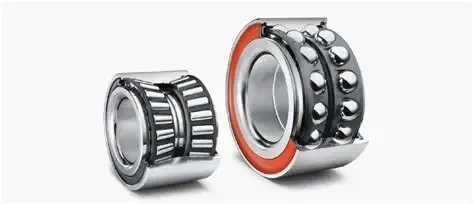
The metamorphosis of the Spanish automobile fleet (2017–2024)
DFrom 2017 to the end of 2024, the vehicle fleet in Spain has grown from 28.1 million to more than 31.3 million units. This sustained growth is due to a combination of factors: the extension of car lifespans, the slowdown in new car deliveries due to the semiconductor crisis, and reduced incentives for scrapping, which has left increasingly older cars on the road.
At the same time, the average age of passenger cars has climbed to 14.5 years, among the highest in Europe. Today, more than a quarter of vehicles are over two decades old, and almost 45% are over 15 years old. This increasing age poses road safety and emissions challenges: older cars lack standard driver assistance technologies and emit 30% more particulate matter than a vehicle less than five years old.
The fuel breakdown reflects a legacy of diesel, which, although in decline, still accounts for 59% of the fleet, compared to 34% for gasoline. However, the real revolution is brewing in electrification: pure electric and plug-in hybrid vehicles, which barely exceeded 0.5% of the total in 2017, will already reach 1.6% by the end of 2024. Conventional hybrids beat that record, representing 7.6% of the total.
The implementation of environmental labels is also progressing: 8.3% of passenger cars display an ECO or Zero Emissions sticker, while the percentage of cars without one has fallen by around 7% compared to the previous year. Even so, the speed of fleet modernization clashes with ambitious decarbonization goals and bottlenecks in charging infrastructure, which still fail to meet actual demand.
The COVID-19 pandemic and supply issues disrupted the dynamics of new vehicle registrations in 2020–2021, driving millions of drivers to the used market. This shift reinforced the trend toward longer car life cycles, increased used prices, and skyrocketed average vehicle ages, complicating the shift toward more efficient and safer models.
Looking to the future, the key to transforming the Spanish vehicle fleet lies in selective scrapping policies, incentives for the purchase of zero-emission vehicles, and a massive rollout of charging stations. Only in this way can we reverse the aging trend, improve air quality, and accelerate the transition to cleaner and safer mobility.














































